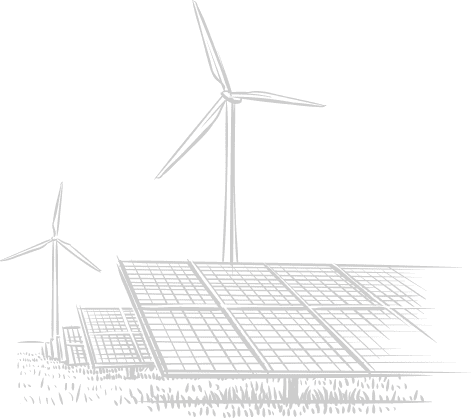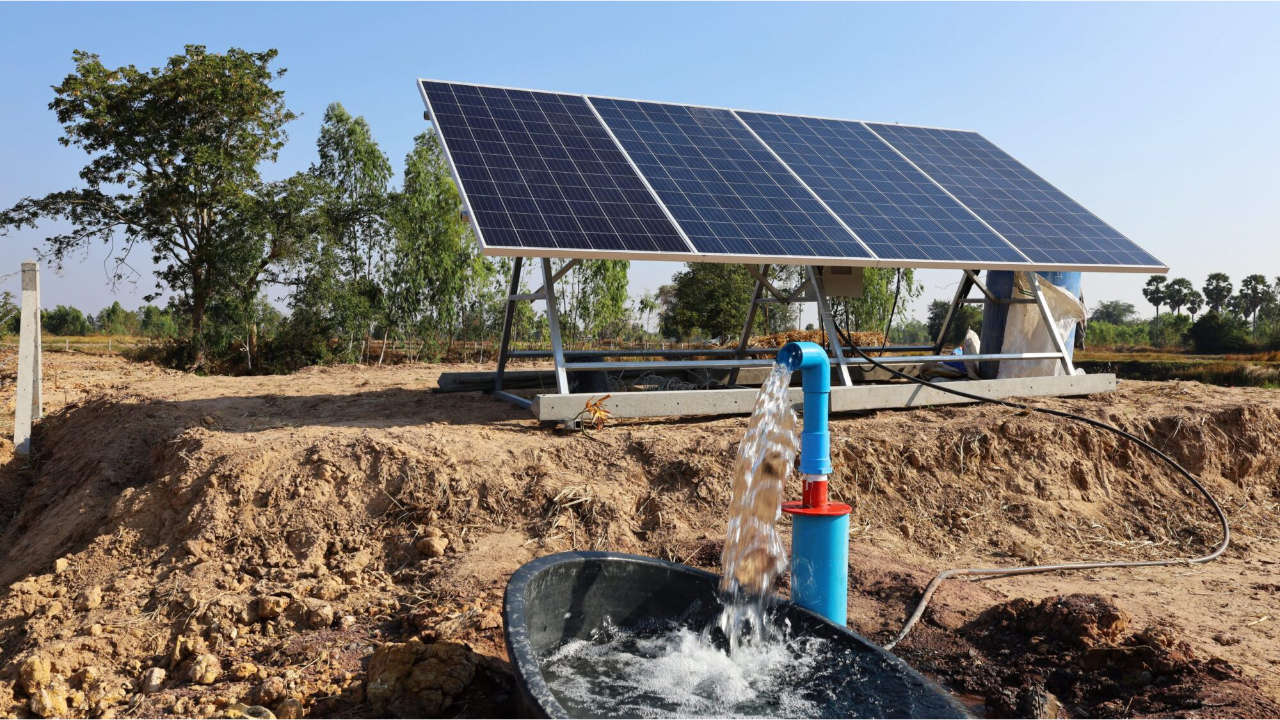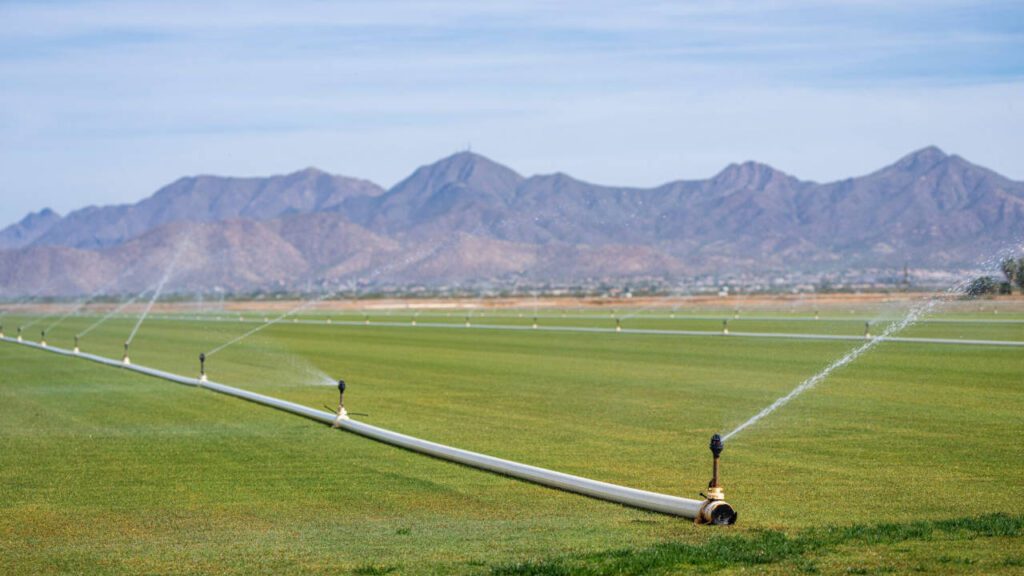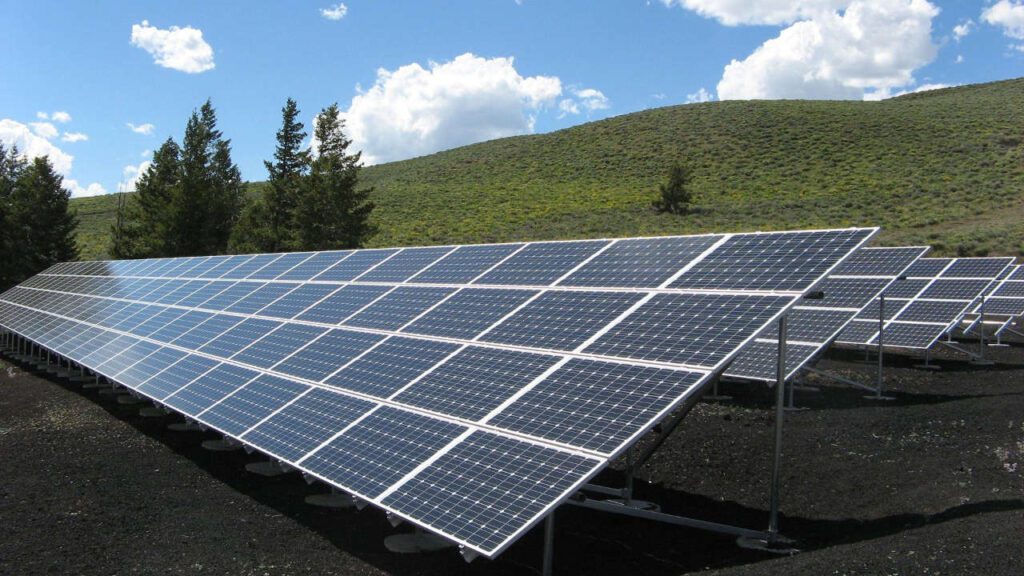Solar Pumping
The Best Option to Water Your Crops
The solar pumping system uses photovoltaic energy, thanks to the solar panels, to operate a water pump. There is no productive system that adapts better to photovoltaic energy than solar irrigation. The more sun there is, the greater the need for irrigation, and therefore more photovoltaic energy production; when it is cloudy and rains, the solar plant is not needed.


Harness the Power of the Sun
Photovoltaic energy is the optimal and future solution for crops
Advantages of the Installation
Complements Other Field Technologies
There are more and more technologies focused on optimizing work in the field, with solar pumping being the perfect complement to them.
Efficient and Sustainable System
Solar pumping is a sustainable solution that protects the environment while also resulting in significant economic savings.
Eligible for Subsidies
We are a collaborating company with the Junta de Andalucía for the promotion of renewable energies in agriculture and livestock, so we manage possible aids and subsidies for the sector firsthand.
Andalusia is the Leading Community in Irrigated Land Area
The first in absolute terms with 1,036,060 ha, representing 29.26% of the total national irrigated area. In relative terms, it accounts for 11.9% of its geographic area and 29.4% of its cultivated area. Technological evolution in irrigation systems (drip, sprinkler, etc.) allows farmers to have thorough control of the water needs and resources required at each moment.

Photovoltaic Solar Pumping and Irrigation
Whether isolated or connected to the grid, it allows you to harness an inexhaustible source of energy, solar radiation, to generate the electricity that will be used to power pumping systems and auxiliary irrigation installations. An installation intended for this purpose is mainly composed of photovoltaic panels, which are responsible for generating the energy, an inverter that transforms this current into one suitable for consumption, and a control system tasked with supervising and optimizing the functioning of the entire setup.
No need to modify the existing pumping system; we simply connect the photovoltaic field to the electrical panel and that’s it. We can already achieve an energy saving that can reach around 60%.
